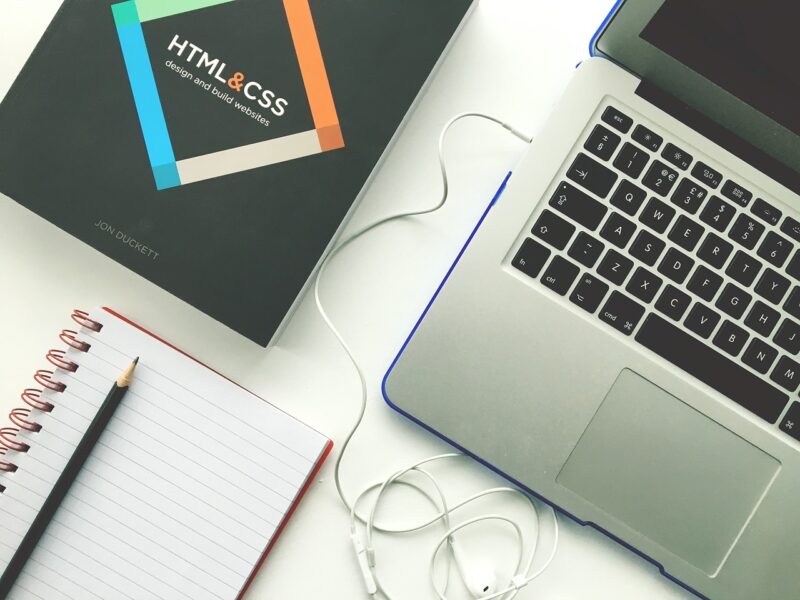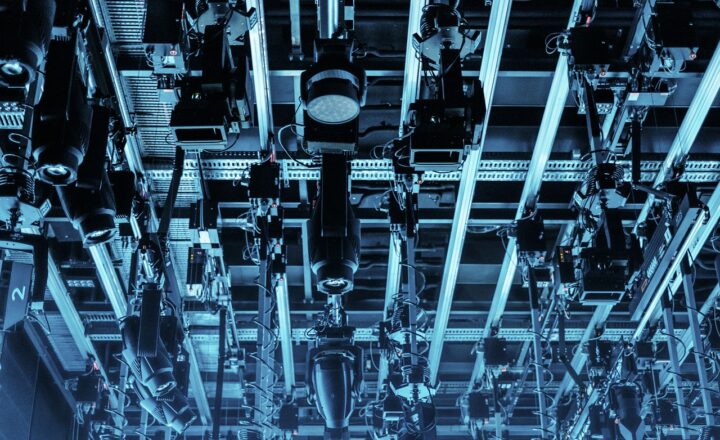
Web design is an ever-evolving field that constantly adapts to emerging technologies, design philosophies, and user preferences. As we approach 2024, the landscape is set to undergo significant changes that will shape how users experience digital products. From responsive design to immersive user experiences, this guide will dive into the web design trends that are bound to take center stage in the coming year.
1. Minimalism and Simplicity Galore
The mantra of ‘less is more’ continues to reign supreme. As users become increasingly overwhelmed by information, designers are gravitating towards minimalistic designs that focus on essential content. This trend emphasizes whitespace, simple color schemes, and clear typography, making it easier for users to navigate websites.
Key aspects of minimalism include:
- Whitespace: Using ample spacing allows for a cleaner layout, reducing distractions and leading the user’s focus to key content.
- Simple Color Palettes: Restricting the color palette to a few complementary colors can create a cohesive look and feel, reinforcing brand identity.
- Clear Typography: Engaging typefaces that are easy to read enhances user experience and accessibility, ensuring content consumption is effortless.
Minimalism not only helps with aesthetic appeal but also contributes to faster load times, which is critical for user retention.
2. Dark Mode Designs
A trend that has gained momentum in 2023 and is expected to thrive in 2024 is dark mode. Offering a dark background with light text has become popular due to its aesthetic appeal and the relief it provides to users during night-time browsing.
Key benefits of dark mode designs include:
- Reduced Eye Strain: Dark mode reduces glare and enhances readability, benefiting users in low-light environments.
- Battery Conservation: For OLED screens, dark mode helps to prolong battery life as fewer pixels are lit compared to light backgrounds.
- Enhanced Focus: Dark backgrounds can help improve attention by minimizing distractions, allowing users to concentrate better on content.
As user preferences shift towards this feature, ensuring websites accommodate dark mode will be essential for engagement.
3. Bold Typography and Experimental Fonts
In 2024, typography will make a bold statement, moving beyond traditional fonts to create a unique brand identity. Designers are expected to experiment with oversized headings, custom typography, and dynamic text layouts to capture attention.
Factors to consider when implementing bold typography include:
- Personality & Brand Expression: Unique fonts can reflect a brand’s personality, helping to differentiate from competitors.
- Vibrant Content Hierarchy: Utilizing varied font sizes and weights can guide users through content, ensuring key information is emphasized.[
- Readability: While expressing creativity, it’s crucial to maintain readability, ensuring information remains accessible to all users.
Fonts will be a core element in driving user interaction and conveying messages efficiently across platforms.
4. Interactive and Immersive Experiences
As technology progresses, users are increasingly seeking more than just static content. 2024 will see a surge in interactive and immersive web experiences. Designers are expected to utilize animations, micro-interactions, and immersive visuals to enhance engagement.
Examples include:
- Micro-Interactions: Small animations that respond to user actions, such as button hovers or notifications, creating an engaging feedback loop.
- Parallax Scrolling: This technique creates depth by moving background images at a different speed than foreground content, resulting in a rich visual experience.
- Augmented Reality (AR): Integrating AR features allows users to interact with products or services in a simulated environment, facilitating a more informed decision-making process.
The focus will be on creating memorable experiences that resonate well with users, fostering deeper connections with brands.
5. Sustainability in Design
With the global focus shifting towards sustainability, web design is not left behind. An exploded interest in environmentally friendly practices means that designers will need to adopt sustainable web design principles. Solutions in 2024 may include:
- Eco-friendly Hosting: Opting for hosting services that use renewable energy sources will become more common as businesses seek greener practices.
- Resource-Efficient Designs: Streamlined designs with optimized images and code will reduce server load and energy consumption when accessing websites.
- Fostering Eco-conscious Messages: Integrating themes of sustainability within branding and messaging can resonate with environmentally-minded consumers.
Incorporating sustainable practices into web design can not only enhance brand reputation but also appeal to a rapidly growing number of environmentally conscious consumers.
6. Voice User Interface (VUI) Design
The use of voice-activated interfaces continues to rise, driven by the popularity of virtual assistants like Siri, Google Assistant, and Alexa. In 2024, optimizing websites for VUI will be essential, focusing on voice search and interaction.
Key strategies include:
- Natural Language Processing (NLP): Implementing NLP technologies can help create websites that understand and respond to user queries more conversationally.
- Conversational Design: Crafting dialogue-based navigation allows users to interact seamlessly and find information through voice commands.
- Accessibility: Building VUI systems enhances accessibility for individuals with disabilities, ensuring an inclusive web experience.
Adapting to voice technology will make web experiences more intuitive and user-friendly, catering to the next generation of digital consumers.
Conclusion
As we move into 2024, the web design landscape will embrace a myriad of trends that enhance user experience and engagement. From minimalism to interactive interfaces, website creators must stay ahead of these trends to ensure their platforms not only meet user expectations but also stand out in today’s competitive digital environment. By embracing these changes, designers can contribute to creating a more functional, aesthetic, and sustainable web.
By keeping these trends in mind, businesses and designers can lead the charge into a future defined by innovation and user-centric design. Let’s step into an exciting 2024, where web design evolves to meet the needs and desires of its users.






